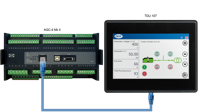KEZO: Reliable renewable power with hybrid storage and DEIF controllers
“The time has come to focus on renewables and smart energy systems,” says Patryk Chaja of Polish research centre KEZO. Studies at the centre show that hybrid energy storage systems can balance out the inherent instabilities of renewable power production, making green power as reliable as fossil fuel-based power – with mature technology that is available today. DEIF ASC-4 and AGC-4 controllers are playing a key role in the KEZO microgrid by enabling control and communication between all system components.
It’s nice to know that when you flick the switch on your coffee machine, the power comes from solar panels. But on cloudy days, the power for your coffee, and for everything else, needs to be supplied in other ways. Increasing the share of renewables in the energy mix is an ideal solution as the world works to reduce GHG emissions and comply with the Paris agreement. However, the inherent instability of renewables means that the energy sector needs to find reliable ways of balancing energy systems, ensuring security of supply and stable voltage levels when renewable production cannot cope with demand – and when production surges.
Hybrid microgrids combining several renewables such as PV panels and wind turbines enable a relatively high overall percentage of renewable power. In order to ensure reliability and balance, such microgrids require intelligent control and the ability to store power in order to use it later. Several mature technologies for achieving this goal are currently being tested at Polish research centre KEZO. Using an energy storage system (ESS) with different types of batteries and managing the setup with DEIF controllers is producing very promising results.
Storage and control solutions needed
Located just north of central Warsaw, KEZO was founded in 2015 and is owned by the Polish Academy of Sciences. One of the most modern research centres of its kind in Europe, it focuses mainly on renewable energy sources. KEZO aims to develop an integrated hybrid energy system that can generate electricity, heating, and cooling from renewable sources, storing this energy as needed and delivering it on demand and in the desired form. A key step in this process is to find a reliable way of storing electricity, and of ensuring close integration between that electricity storage and all other system components.
“We can produce energy from the wind, from the sun, and from a CHP plant, and we can store electricity and heat,” says Patryk Chaja, PhD, Research and Development Coordinator at KEZO. “All of these elements are connected in one energy system. At first, we focused mainly on storage of heat, but we soon noticed that electricity was also very important. We added an extra unit for storing electricity and decided to compare different technologies”.
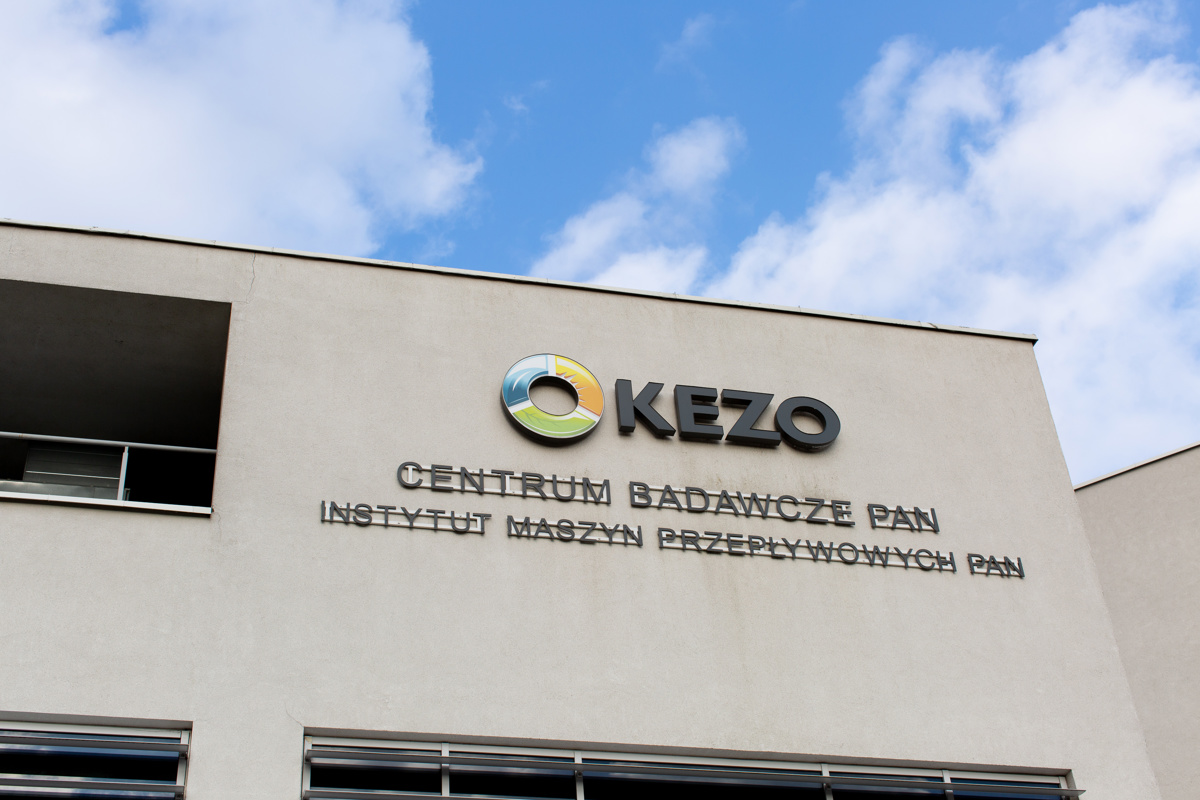
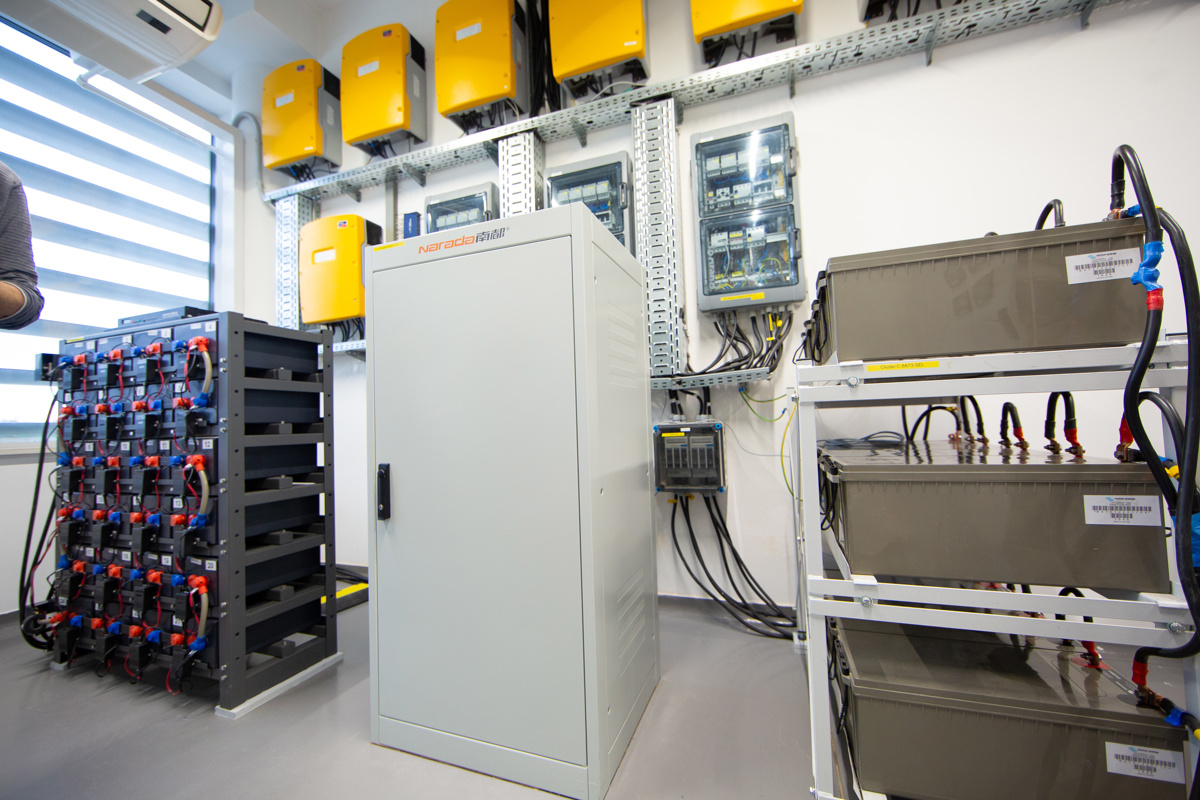
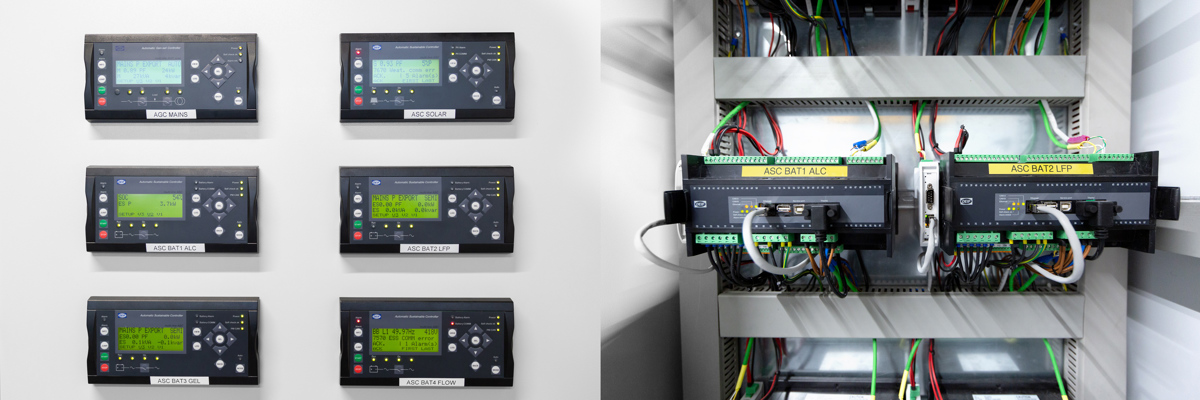
Research setup: hybrid storage managed by DEIF controllers
The ESS at KEZO includes four different types of battery: lithium ion, lead carbon, gel acid, and VRFB (vanadium redox flow battery). The system was integrated with the support of STAY-ON company. The batteries, which can be charged from onsite PV panels and from the grid, are connected in a hybrid energy storage system, allowing the different properties of each battery type to complement each other and fulfil different roles. Some batteries provide high instantaneous power, some have high energy storage capacity, and some are suitable for use as a power conditioner, for carrying out peak shaving, or for balancing renewables.
“Our thesis is that a mix of these technologies, which we call hybrid energy storage, would fulfil the particular needs of a customer,” explains Krzysztof Rafał, PhD, Electric Power System Specialist at KEZO. “The goal is to demonstrate this kind of hybrid system in various scenarios. We feel that it can cover more functions than one energy storage technology alone.”
The flow battery technology used in the VRFB is of particular interest to the KEZO research team. While the VRFB is comparatively large and has low energy density, it offers benefits that make it an interesting proposition for microgrid ESS applications: It is completely safe, as the vanadium electrolytes are not toxic or flammable. Also, the electrolytes do not degrade, giving the battery a very long service life. The 18-tonne 100 kWh VRFB at KEZO can handle at least 20,000 charge cycles without loss of capacity.
Each battery is managed separately, with individual power set points for each battery defined based on power consumption, current renewable production, and current energy prices. The setup uses DEIF AGC-4 Mains and ASC-4 controllers to handle battery control and communication. One of the most important benefits of the DEIF units is their ability to communicate with all batteries, helping KEZO staff develop, control and optimise the hybrid storage system control strategies.

“It provides the functionality to control our production of energy and our exchange of energy with the grid. The DEIF system can fulfil multiple functions for us. It makes our research easier!”
Krzysztof Rafal
PhD, Electric Power System Specialist | KEZO
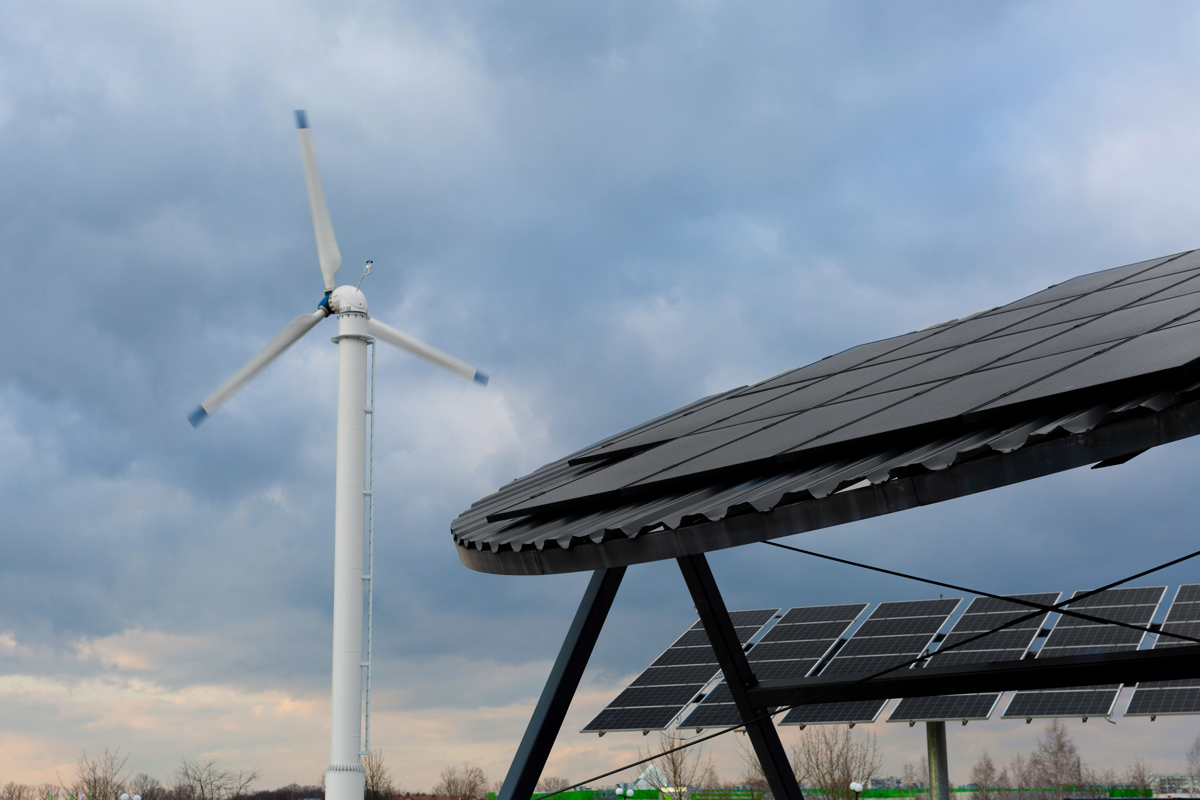
Unlimited communication and control, plus competent support
“The DEIF units give us a unique feature: the ability to communicate with each different battery technology,” says Weronika Radziszewska, PhD, Data Specialist at KEZO. “The batteries come from different producers and are made to different standards. Some are already equipped with standard methods for communicating, but some other batteries are much more closed, and we even have batteries that do not have a system as such. We really need to calculate the state of charge, and here the DEIF system really helped us with almost all of the load communication. It’s actually translating all the data into unified Modbus communication which makes it much easier for us to develop our system. The DEIF system is one device that communicates with everything for once.”
Krzysztof Rafał adds that the DEIF setup provides a management system which enables control, coordination, and communication between devices such as PV installations, energy storage systems, and local loads. “It provides the functionality to control our production of energy and our exchange of energy with the grid,” he says. “The DEIF system can fulfil multiple functions for us. It makes our research easier!”
The two KEZO specialists cite the competent support offered by DEIF as a further source of satisfaction. “When some features were missing, DEIF were very cooperative in helping. Communication with DEIF was really very smooth. For us, the ability to communicate with the company is a big benefit,” remarks Weronika Radziszewska.
A scalable and available solution
As the battery and control technology tested at KEZO is mature and available on the market, the research results can be applied directly in production scenarios to ensure reliable power from renewables. The DEIF ASC-4 and AGC-4 controllers used, for example, provide the flexibility to allow scaling to any future requirement with little or no modifications. “The flexibility of adding or expanding the microgrid is quite important. I think that is possible with DEIF controllers, and that is a great asset,” says Weronika Radziszewska.
KEZO is contributing to the ongoing debate in Poland about how to transform the country’s energy system in a more sustainable direction, bringing research findings and technical experience to the table and advising authorities, utilities, and businesses on the right course of action when selecting renewable energy supply solutions. Similar debates, of course, are going on in other countries across the globe, making the results achieved at KEZO interesting outside Polish borders, too.
Contact us

“Communication with DEIF was really very smooth. For us, the ability to communicate with the company is a big benefit.”
Weronika Radziszewska
PhD, Data Specialist | KEZO
While hydrogen power or other technologies may one day become a feasible alternative to today’s renewable energy sources, wind and solar power generation combined with ESSes look set to be the best solution for secure and sustainable energy production for years to come. “We believe that we can change the energy system using renewable energy sources. The time has come to focus on renewables and smart energy systems,” concludes Patryk Chaja.
Read our hybrid power guide
-

Contact us to discuss your options
- 90 years of energy pioneering
- Manufactured at the highest standards
- Superior quality
- Unmatched service and support
- Made in Denmark


